Parts 1 and 2 looked at the equations, history, and technical role of Lissajous figures. This final part will look at their use in graphics and art.
One widely known use was in the opening sequence of award-winning legendary TV series The Outer Limits (1963 to 1965) with its classic voice-over audio “Do not attempt to adjust your picture – we are controlling the transmission.” The rotating pattern of criss-cross lines is actually a cropped Lissajous figure.
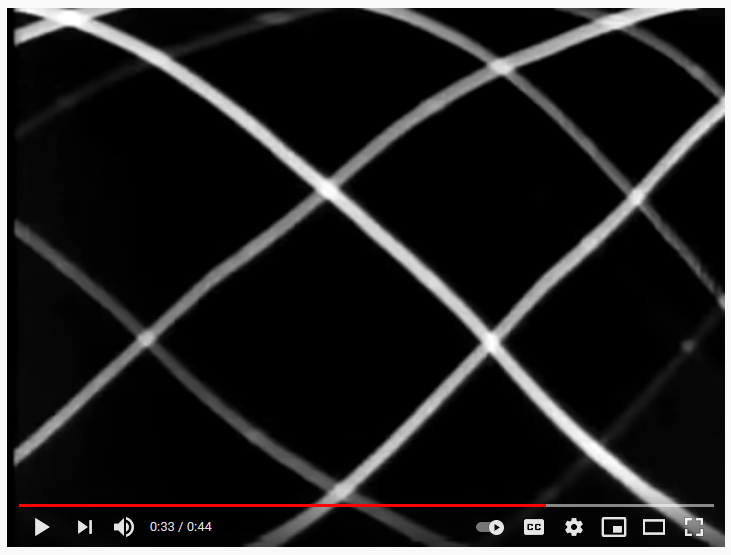
Lissajous figures have also been used in organizational logos. For example, MIT’s famed Lincoln Laboratory uses two-letter L’s rotated at 180 degrees with respect to each other, representing its name (Figure 2).

This forms a rectangle enclosing the Lissajous figure generated by two equations:
x(t) = 3 sin(8πt/t) and y(t) = 4 sin(6πt/t).
Their web site notes “The Lissajous figure, familiar to most physical scientists and engineers, connotes harmony, order and stability.” A different Lissajous figure is used as the logo of the Australian Broadcasting Corporation.
On the lighter side, you can buy or make a two-dimensional pendulum called a harmonograph which sketches Lissajous figures on paper or sand (Figure 3).
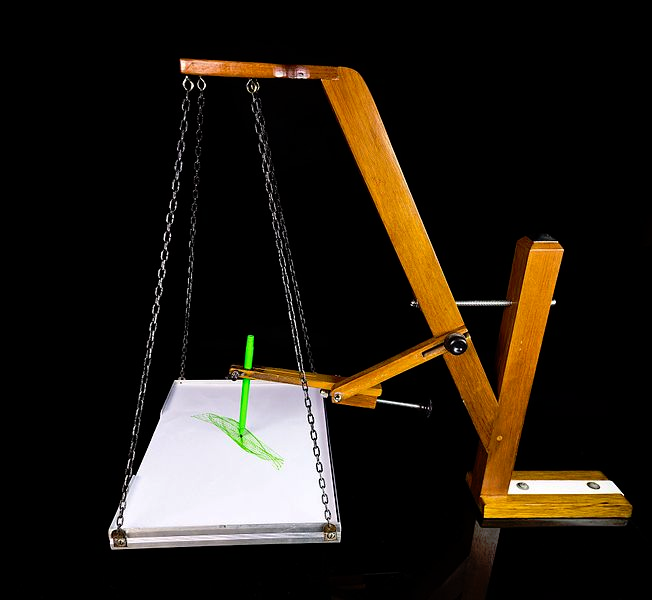
As noted above, there’s no need to have electronic such as function generators and an oscilloscope to create, vary, and display Lissajous figures. You can write simple mathematical programs using almost any standard programming language to do so and display the resultant images on the computer screen.
But there’s no need to even do that. Some of the references cited at the end are web sites which offer interactive Lissajous figures where you can vary the parameters and see the figures dynamically change in real time. You can even watch as the Lissajous figures change and rotate due to their settings. There are also artists who have painted, sketched, woven, or photographed Lissajous figures in various forms (Figure 4).

Lissajous figures can even be a great way to introduce inquisitive minds to the connections between math, science, and art.
WTWH Related Content
- Lissajous patterns: using a scope for display signals
- Wheatstone bridge, Part 1: Principles and basic applications
- Wheatstone bridge, Part 2: Additional considerations
References with software or interaction (and more)
- Jed Margolin, “Lissajous Figures”
- Wolfram Demonstration Projects, “Damped 2D Lissajous Figures”
- Wolfram Demonstration Projects, “Lissajous Figures”
- Datagenetics, “Lissajous Curves”
- Emory University, “Lissajous Figures”
- Interactive Mathematics, “Lissajous Figures”
- com, “Lissajous Lab”
- Analog Devices, “Activity: The Lissajous pattern, A Classic phase measurement”
Other References
- Wikipedia, “Lissajous Curve”
- Electronics Club, “Lissajous Figures or Lissajous Patterns”
- Wolfram Research, “Lissajous Curve”
- Fine Art America, “Lissajous Figure Art”
- MIT, “Lincoln Laboratory Logo”
- History of Information, “Jules Antoine Lissajous Describes Lissajous Figures”
- History of Information, “Figures from Lissajous’s original publication”
- University of Texas, “Lissajous Figures”
- Tutorials Point, “Lissajous Figures”
- National Magnet Lab: Magnet Academy, “Lissajous Figures on an Oscilloscope”
- Science Direct, “Revisiting the Lissajous figure as a tool to study bistable perception”
- PLOS One, “Perceptual Stability of the Lissajous Figure Is Modulated by the Speed of Illusory Rotation”
- SciELO – Scientific Electronic Library Online, “Lissajous-like figures with triangular and square waves”
- EEE Guide, “Frequency Measurement by Lissajous Method”
- All About Circuits, “What Is a Linear System?”
- All About Circuits, “Frequency and Phase Measurement”
- Wikipedia, “Harmonograph”
- Wikipedia, “Australian Broadcasting Corporation”

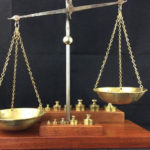
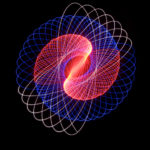
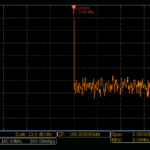



Leave a Reply
You must be logged in to post a comment.